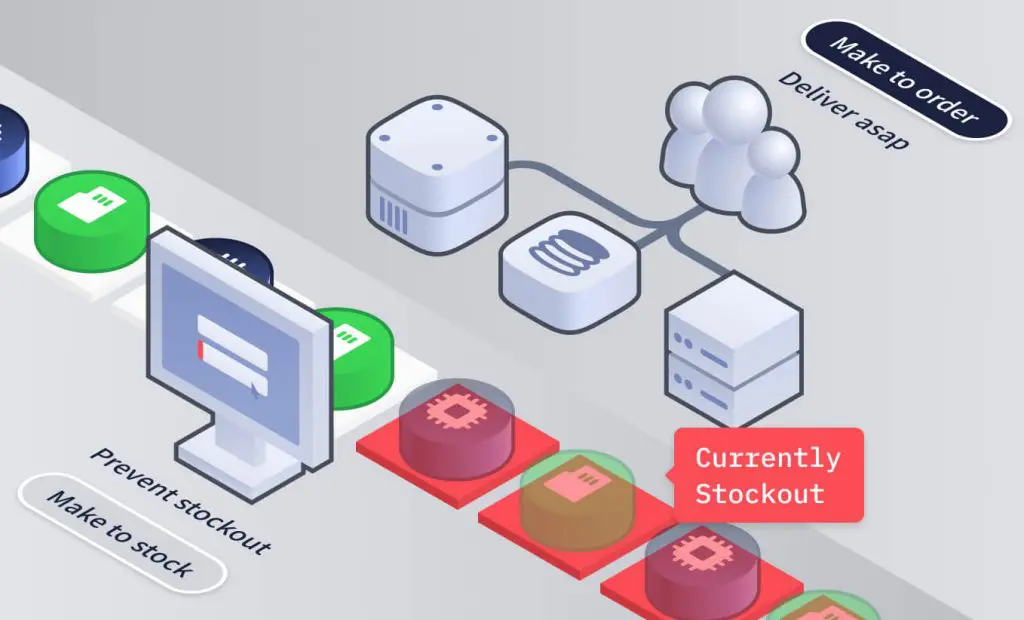According to emarketer.com, retail e-commerce sales of products and services ordered via the internet will reach $4 trillion in 2019 and will double the total spending registered in 2016 ($1.915 trillion in 2016). E-commerce sales account now for 8.7% of total retail spending worldwide and we’ll see a growing trend in those numbers.
Furthermore, e-commerce is growing faster than any other channel in many countries: considering the UK only, there are 32 million active buyers and an annual growth rate of 15%.
No doubt e-Commerce is a big opportunity for both new and old businesses, but success is not guaranteed at all.
E-Commerce dynamics are fast-changing
Low prices and high availability of products will make your online store survive, but that is not enough to beat the competition. Customer loyalty is decreasing and the rule of 20% customers = 80% of turnover is changing to a more realistic 60/40 rule. As a consequence, an online store can count on a customer base that varies a lot in the mid and long term, so a continuous customer acquisition strategy is vital.
New technologies support e-Commerce
Here is where new technologies help businesses: stores typically have limited budgets to invest in product breadth and inventory replenishment, so choosing the right products and setting up the right stock levels make the difference between a profitable strategy and a locked (and probably wasted) capital.
With unsteady customer base, complex seasonal changing patterns, mandatory demand forecasting for new products that lack for historical data, and disrupting effects on demand patterns coming from competitors, companies need the support of predictive analytics systems for a better understanding of the market dynamics.
They usually gather data from multiple sources (ERPs, email, marketing campaigns, social) and identify the features that describe customer behavior and purchase intention.
Advanced predictive analytics systems help companies to make high-quality decisions, upon high-quality information coming from actionable insights. For instance, by observing how a customer fills his shopping cart, a smart analytics tool can identify the opportunity to make the customer cart fuller by running an effective recommendation system. A such cross-sell and up-sell strategy potentially increases the value of each purchase.
A better knowledge of the customer behavior makes easier deciding how to enlarge the inventory: you will make informed decisions about new SKUs to buy in order to satisfy a wider customer base and reduce the effect of a statistical decreasing customer loyalty.
Learn more about predictive analytics tools provided by Intuendi or contact us if you want to learn more about improving your inventory forecasting and replenishment.






